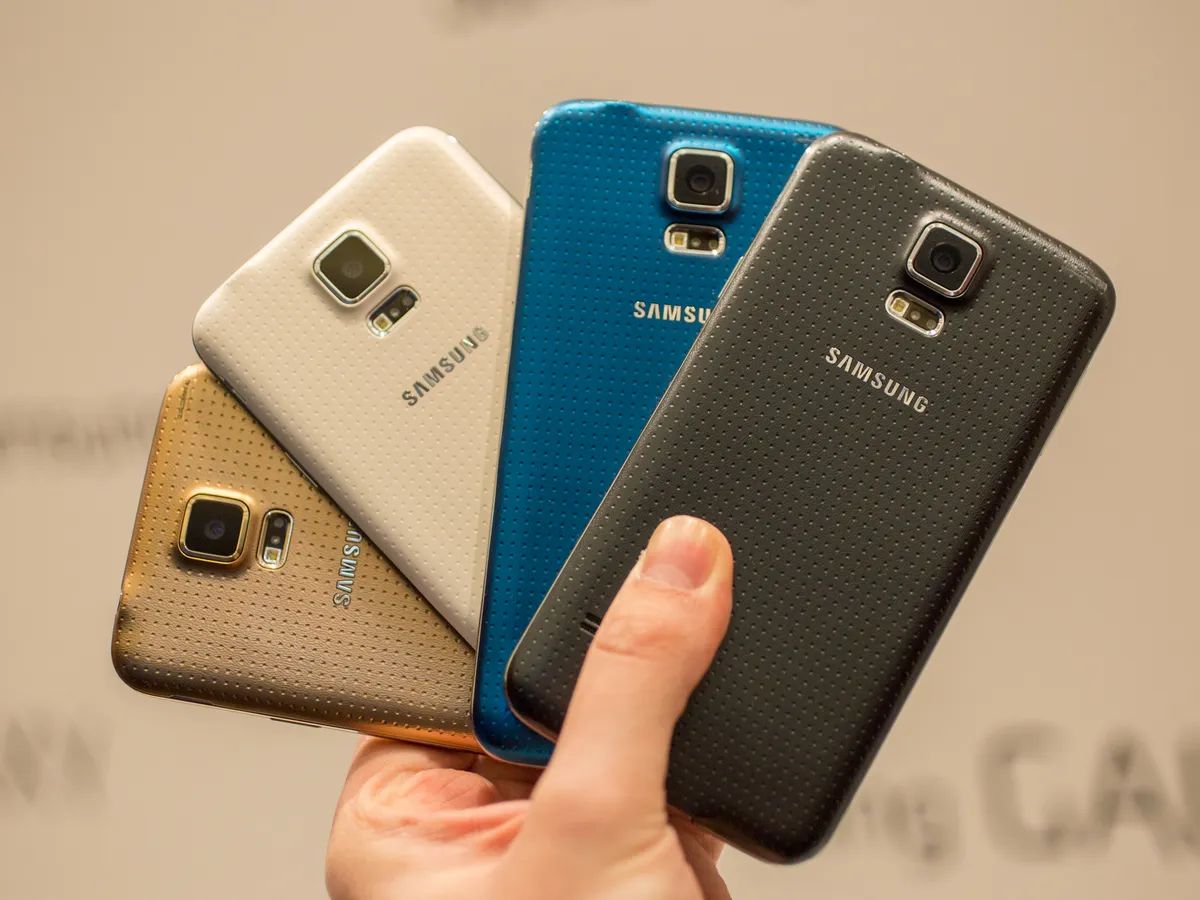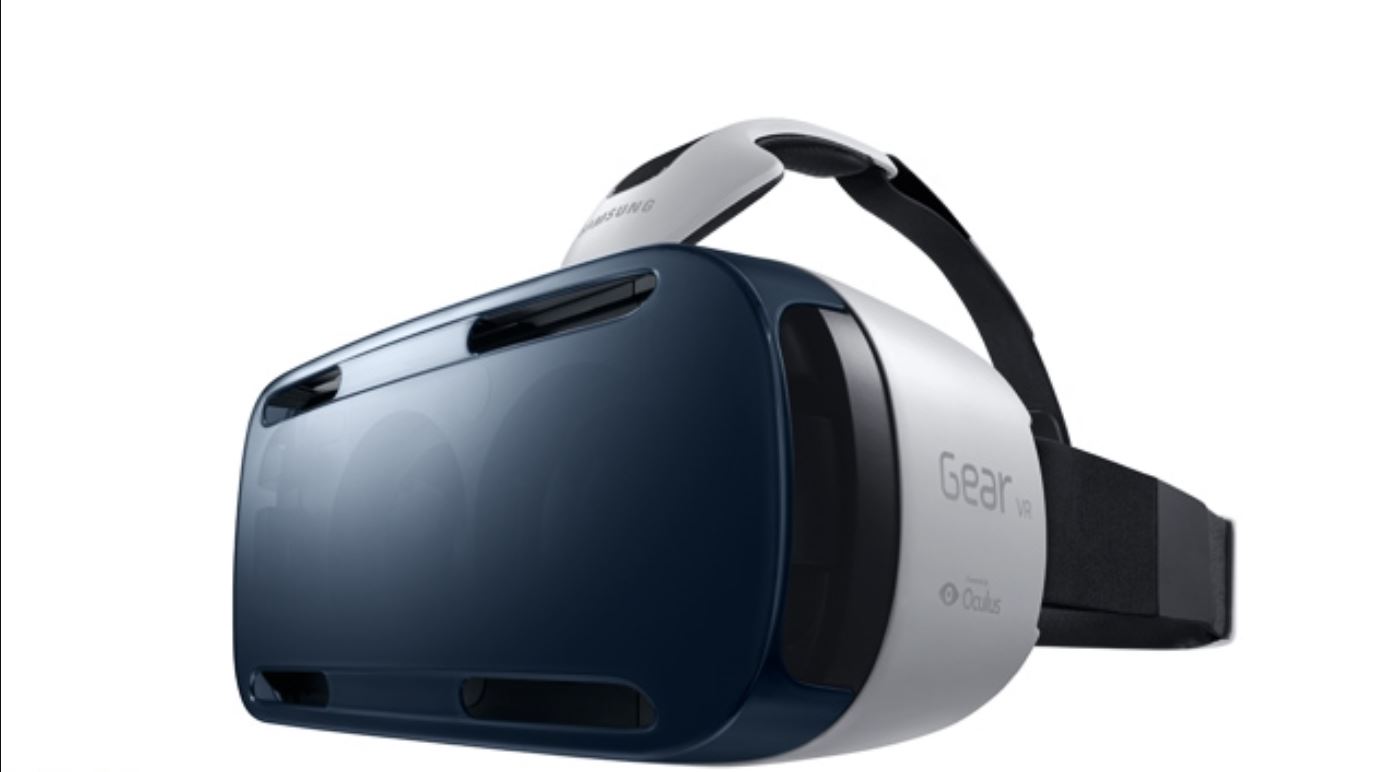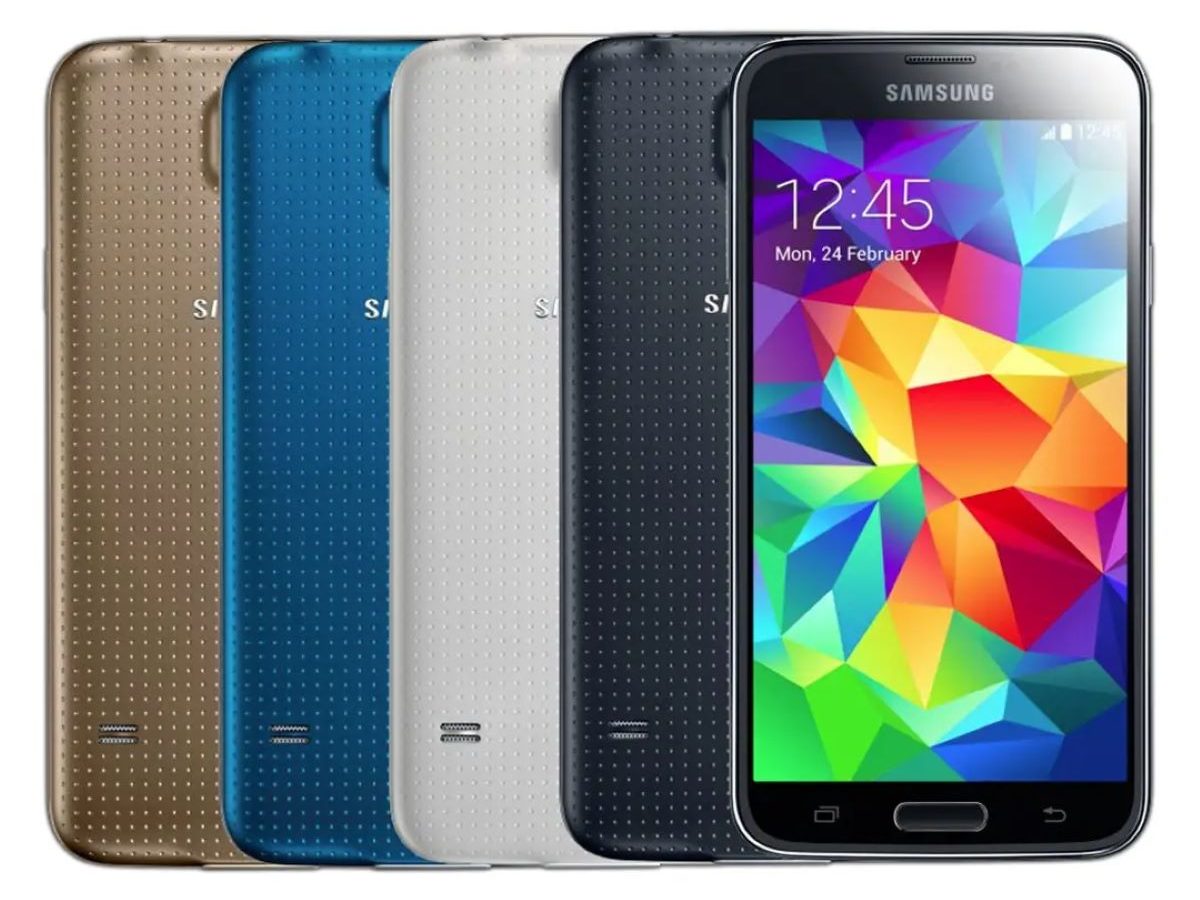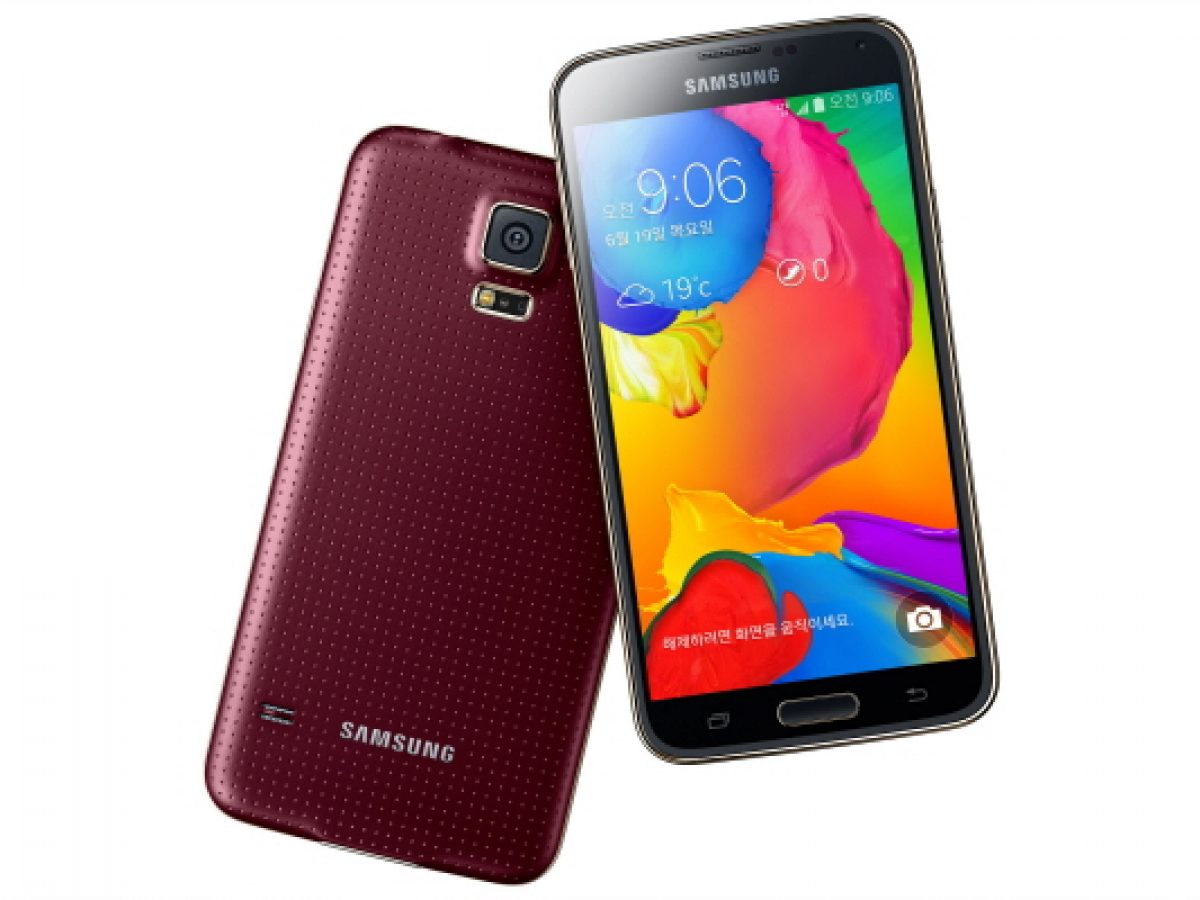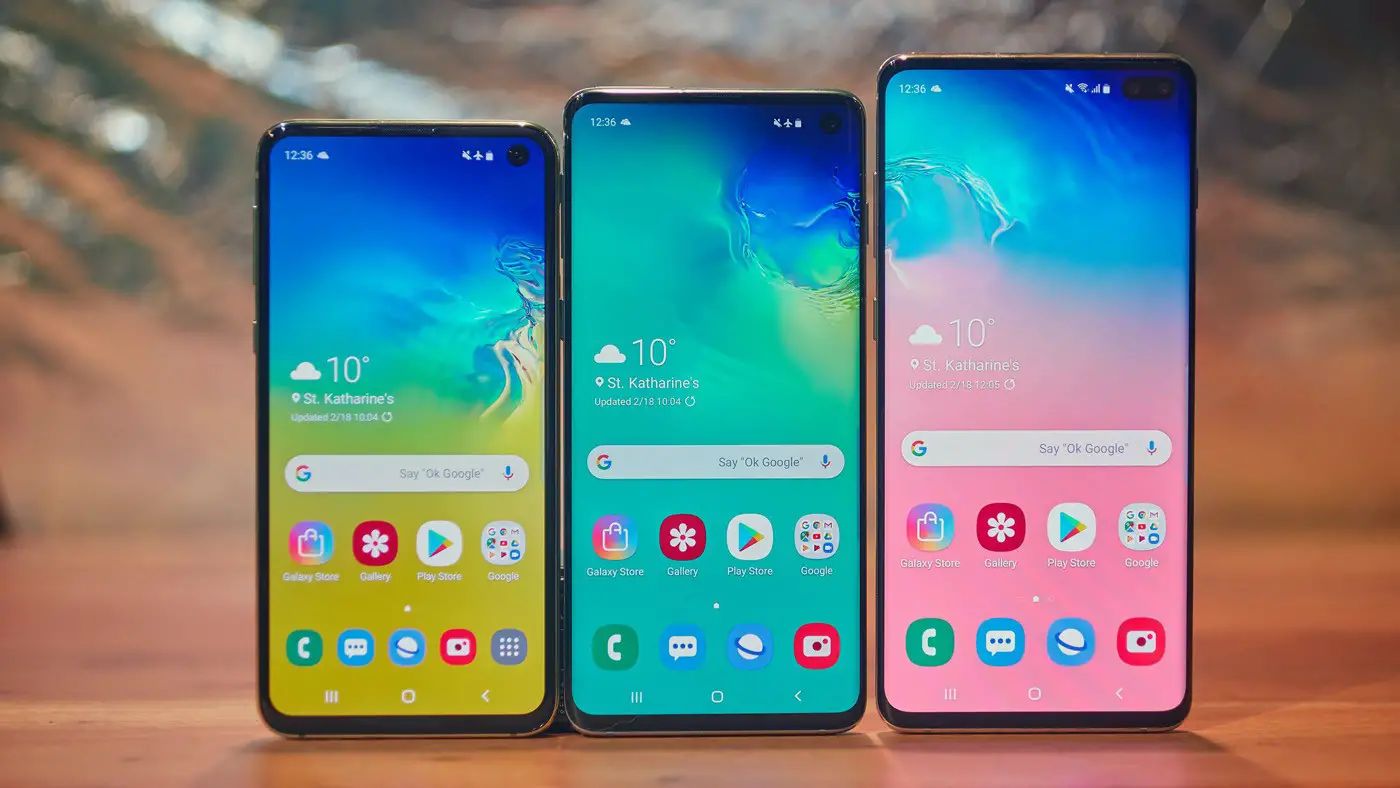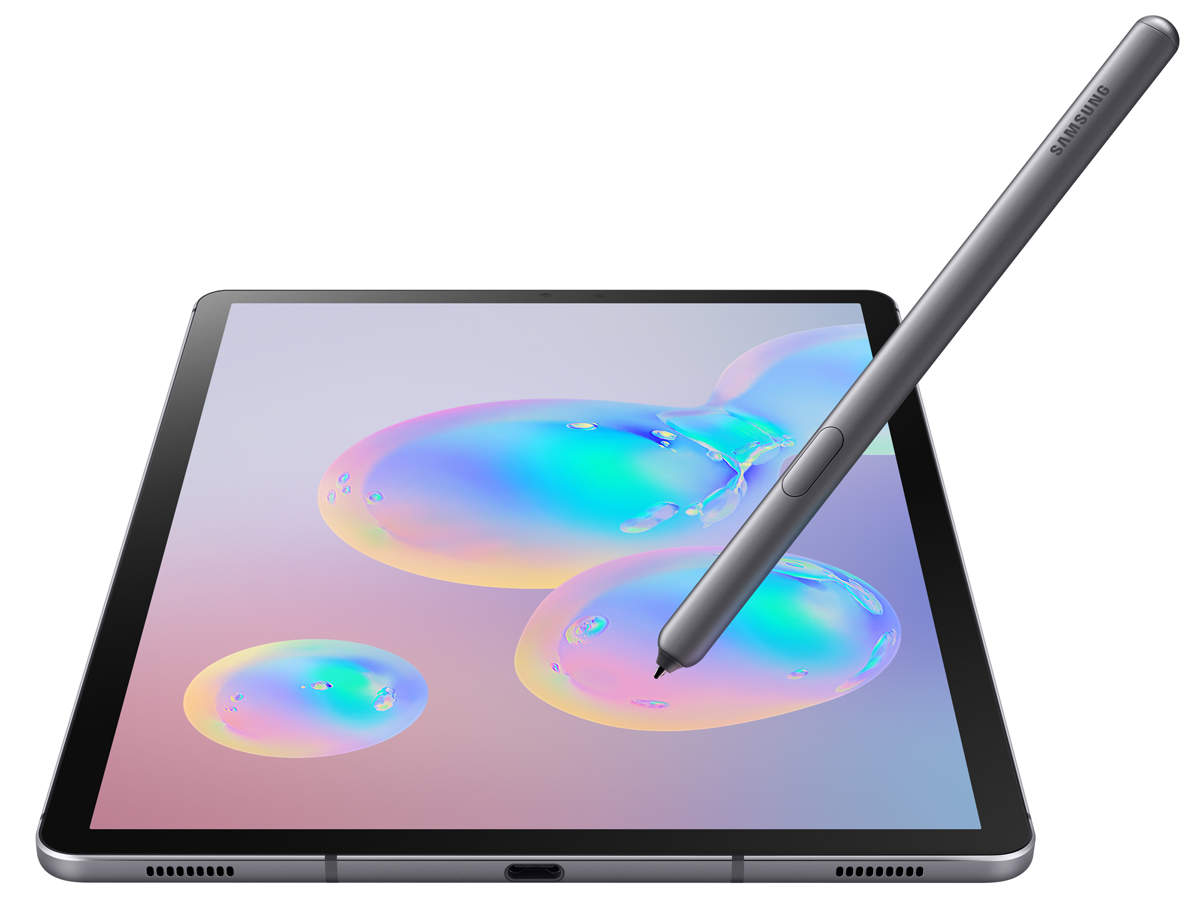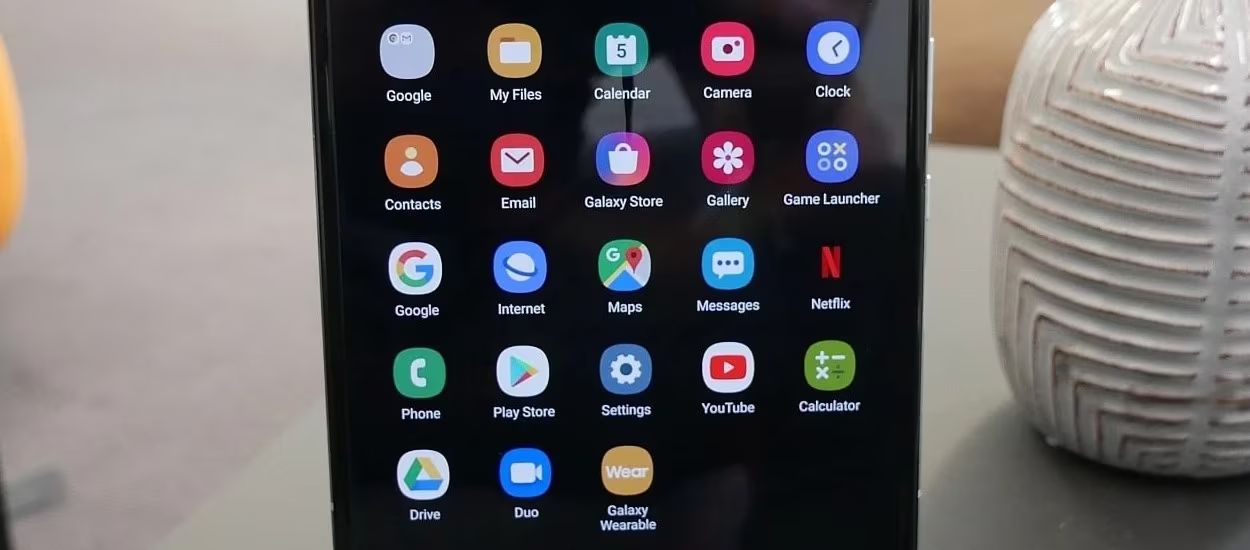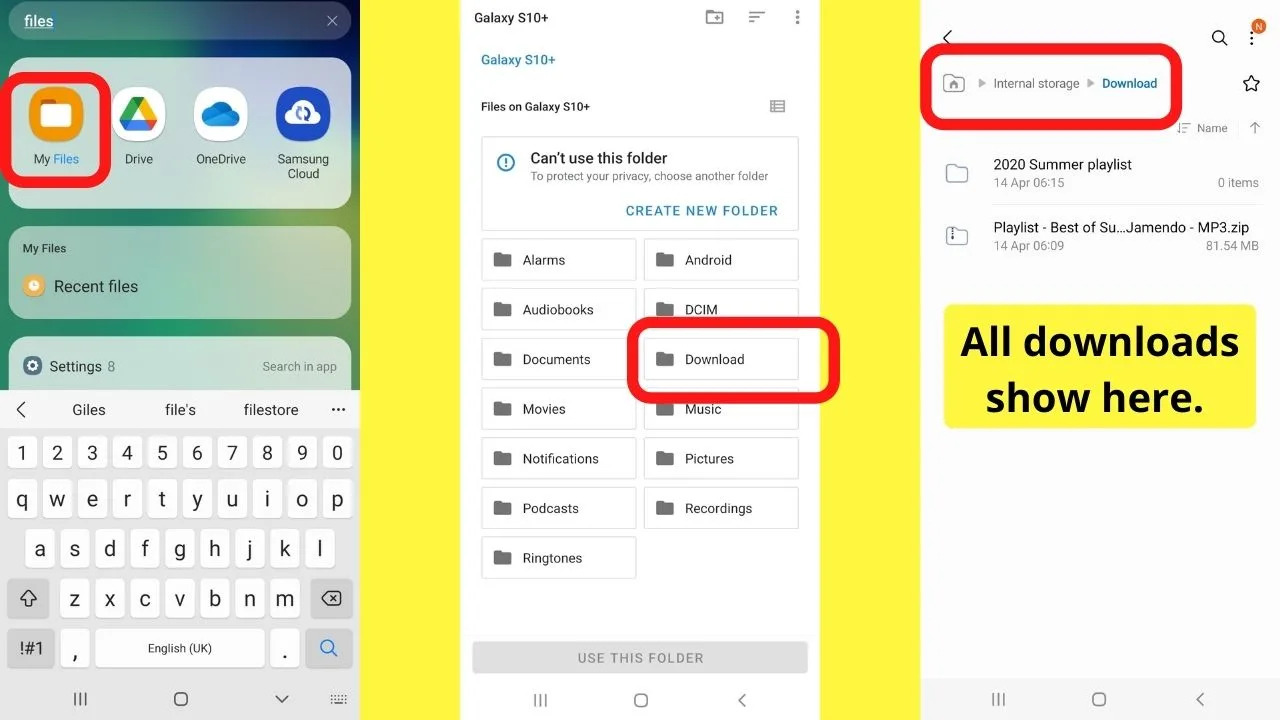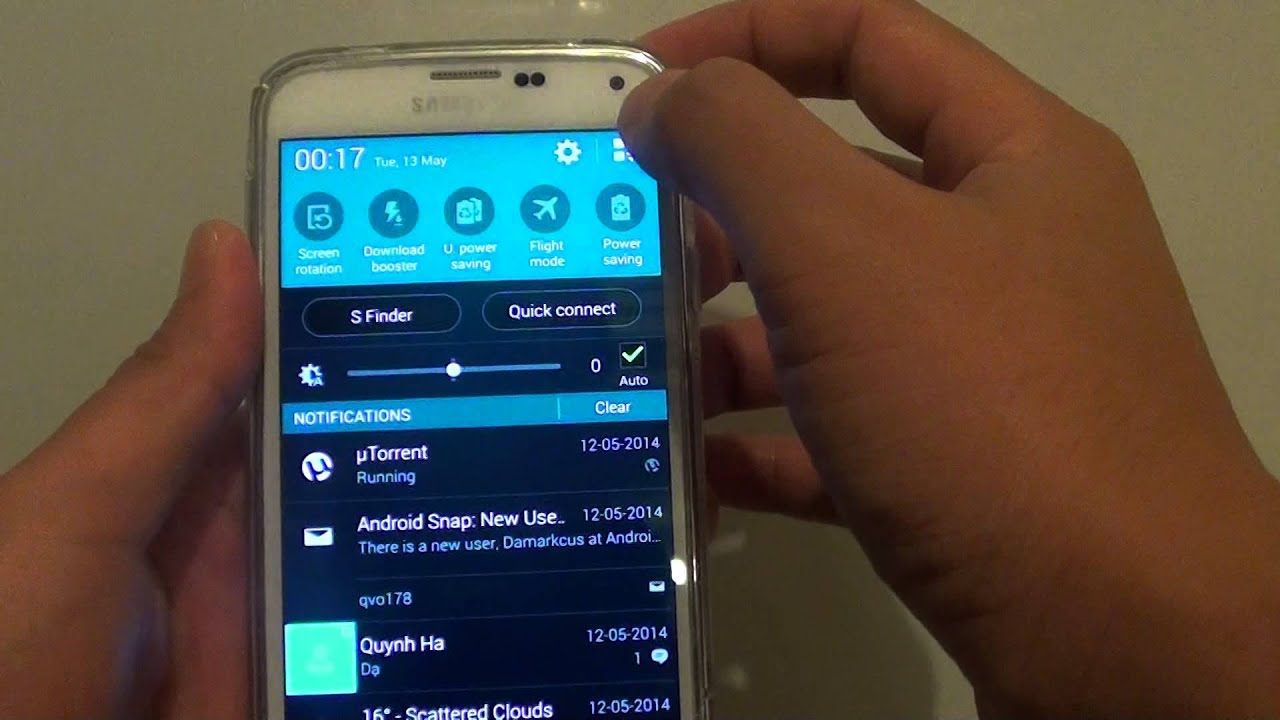Introduction
Welcome to our article on the display size of the Samsung Galaxy S5! When it comes to smartphones, one of the key features that consumers look for is the size of the display. The Samsung Galaxy S5, released in 2014, boasted a high-resolution 5.1-inch display, which was considered quite impressive at that time. In this article, we will take a closer look at the display size of the Samsung Galaxy S5 and explore its benefits and drawbacks.
The Samsung Galaxy S5, with its 5.1-inch display, offered users a spacious screen to enjoy various multimedia content, including videos, games, and web browsing. Compared to its predecessor, the Galaxy S4, which had a 5-inch display, the S5 provided a slightly larger canvas for users to interact with. This increase in display size allowed for a more immersive experience and better visibility of content.
It’s important to note that the 5.1-inch display of the Samsung Galaxy S5 falls into the category of larger displays, catering to those who prefer a more substantial screen for their daily smartphone usage. Larger displays are favored by many for their enhanced viewing pleasure, enabling users to enjoy multimedia content with greater ease.
However, it’s worth considering that a larger display may not be suitable for everyone. Some users may find it challenging to handle a smartphone with a bigger screen, especially if they have smaller hands. Additionally, a larger display size may also have an impact on the overall portability of the device. So, it’s crucial to take these factors into account when deciding if the Samsung Galaxy S5’s display size is suitable for your needs.
In the following sections, we will delve deeper into the benefits and drawbacks of a larger display size, providing you with a comprehensive understanding of how the Samsung Galaxy S5’s 5.1-inch display measures up.
Display Size
The Samsung Galaxy S5 featured a 5.1-inch display, which was considered large for its time. The display had a Full HD resolution of 1920 x 1080 pixels, offering sharp and vibrant visuals. With a pixel density of approximately 432 pixels per inch, the display provided crisp details and vivid colors, making it a delight for multimedia consumption and gaming.
The 5.1-inch display size of the Samsung Galaxy S5 struck a balance between being spacious enough for immersive content viewing and still allowing for comfortable one-handed use. The slightly larger screen compared to its predecessor, the Galaxy S4, offered users more real estate for reading, browsing, and watching videos.
Not only did the Samsung Galaxy S5’s display size make multimedia content more enjoyable, but it also enhanced the overall user experience. Users could navigate through the phone’s interface with ease and precision, thanks to the ample space provided by the 5.1-inch display. Moreover, tasks such as typing on the on-screen keyboard and multi-window multitasking were made more convenient and efficient.
Additionally, the larger display size of the Galaxy S5 made it an excellent choice for productivity-oriented tasks. Users could comfortably view and edit documents, spreadsheets, and presentations on the go, without feeling constrained by a smaller screen.
Furthermore, the 5.1-inch display of the Samsung Galaxy S5 was also equipped with Super AMOLED technology, which offered superior contrast, deep blacks, and vibrant colors. This display technology made images and videos pop, providing an immersive visual experience.
Overall, the 5.1-inch display of the Samsung Galaxy S5 was well-received by users, as it struck a balance between size, portability, and functionality. It provided an immersive multimedia experience, enhanced productivity, and allowed for comfortable one-handed use, making it a popular choice among smartphone enthusiasts.
Comparison with Other Models
When comparing the display size of the Samsung Galaxy S5 with other models from the same time period, it becomes evident that the 5.1-inch screen offered a competitive advantage. Let’s take a look at how it fared against some of its popular contemporaries:
- iPhone 5s: The iPhone 5s, released in 2013, featured a smaller 4-inch display. While the iPhone prioritized compactness and ease of use, the Galaxy S5’s 5.1-inch screen offered a larger canvas for multimedia and productivity tasks.
- HTC One M8: The HTC One M8, launched in 2014, had a 5-inch display, slightly smaller than the Galaxy S5. Although both devices were in the same size range, the Galaxy S5 had the advantage of a marginally larger screen, providing users with more screen real estate.
- LG G3: The LG G3, also released in 2014, boasted a 5.5-inch display. It had a larger screen compared to the Galaxy S5, catering to those who desired an even more spacious display. However, the G3’s larger size made it less pocket-friendly and slightly bulkier.
Considering these comparisons, the Samsung Galaxy S5 held its ground among its contemporaries, striking a balance between a larger display and overall device size. It offered users an optimal screen size, providing an immersive viewing experience without compromising on portability.
It’s important to note that the display size is just one factor to consider when choosing a smartphone. Other factors, such as display quality, resolution, and overall device performance, should also be taken into account. Nonetheless, the 5.1-inch display of the Samsung Galaxy S5 was well-regarded, satisfying the needs of users seeking a larger screen without sacrificing usability.
Benefits of a Larger Display Size
Choosing a smartphone with a larger display size, such as the 5.1-inch screen of the Samsung Galaxy S5, comes with several benefits. Let’s explore some of these advantages:
- Enhanced Multimedia Experience: A larger display offers a more immersive experience when consuming multimedia content like videos, movies, and games. The 5.1-inch display of the Galaxy S5 provided users with ample screen real estate to enjoy their favorite movies, TV shows, and gaming sessions with greater detail and clarity.
- Better Productivity: Larger displays make it easier to work on productivity tasks such as reading documents, editing presentations, and multitasking. With the Galaxy S5’s 5.1-inch screen, users could comfortably view and interact with content, making it ideal for professionals who need to stay productive while on the go.
- Improved Reading Experience: Whether it’s browsing the web, reading articles, or flipping through e-books, a larger display size enhances the reading experience. The Samsung Galaxy S5’s 5.1-inch screen allowed users to view more text and graphics at once, reducing the need for constant scrolling and providing a more enjoyable reading experience.
- Easier Typing and Navigation: With a larger display, typing on the on-screen keyboard becomes more accurate and comfortable. The increased space between keys reduces the chances of making mistakes while typing. Additionally, navigating through apps and menus is also more convenient on a larger screen, improving overall usability.
- Improved Visual Appeal: A larger display size enhances the visual appeal of the smartphone. Whether it’s viewing photos, browsing social media, or customizing the home screen, the Samsung Galaxy S5’s 5.1-inch display allowed for better visualization of content, making it visually appealing and enjoyable to use.
These benefits demonstrate why many users prefer smartphones with larger displays. The Samsung Galaxy S5 successfully provided these advantages with its 5.1-inch screen, making it a popular choice for those seeking a device that could offer an immersive multimedia experience, improved productivity, and enhanced usability.
Drawbacks of a Larger Display Size
While a larger display size, like the 5.1-inch screen of the Samsung Galaxy S5, offers many benefits, it’s important to consider the potential drawbacks as well. Here are some of the disadvantages to keep in mind:
- Increased Device Size: A larger display often means a larger overall device size. This can make it more challenging to handle the smartphone with one hand, particularly for those with smaller hands. It may also be less comfortable to carry in pockets or purses, impacting the device’s portability.
- Reduced Battery Life: Larger displays tend to consume more power, leading to a potential decrease in battery life. The increased screen real estate requires more energy to illuminate, which can result in shorter usage times between charges. Users may need to consider carrying a portable charger or power bank for extended usage.
- Increased Eye Strain: Extended usage of a larger display can put additional strain on the eyes. Reading small text or staring at a bright screen for prolonged periods may cause eye fatigue and discomfort. It’s important to take breaks and practice healthy smartphone usage habits to minimize eye strain.
- Difficulties with Single-Handed Use: One-handed use can become more challenging with a larger display. Tasks such as reaching the top of the screen or navigating with one hand may require readjustment or two-handed operation. This may not be as convenient for users who value the ability to perform tasks with a single hand.
- Higher Cost: Generally, smartphones with larger display sizes tend to have higher price tags. The larger screens and the associated components required to support them often add to the manufacturing costs, which can result in a higher retail price.
These drawbacks should be carefully considered when deciding if a smartphone with a larger display size, like the Samsung Galaxy S5, is the right choice for individual preferences and needs. It’s essential to strike a balance between the advantages of a larger screen and the potential inconveniences that come with it.
Conclusion
The display size of the Samsung Galaxy S5, measuring 5.1 inches, offered users a spacious and immersive visual experience. With its high-resolution screen, users could enjoy multimedia content, browse the web, and perform productivity tasks with clarity and detail. The Galaxy S5’s display size struck a balance between being large enough for enhanced viewing pleasure and still maintaining portability and usability.
While a larger display size came with several benefits, such as an enhanced multimedia experience, improved productivity, and a better reading experience, it also had some drawbacks to consider. These drawbacks included increased device size, potential reduction in battery life, increased eye strain, difficulties with one-handed use, and potentially higher costs.
Ultimately, the decision to opt for a smartphone with a larger display size is subjective and depends on individual preferences and needs. The Samsung Galaxy S5’s 5.1-inch screen successfully catered to users who desired a balance between screen real estate and overall device usability.
It’s important to carefully weigh the advantages and drawbacks discussed in this article to determine if the Samsung Galaxy S5’s display size aligns with your preferences and usage requirements. Whether it’s for multimedia consumption, productivity, or a mix of both, the larger display of the Galaxy S5 offered users a versatile and engaging smartphone experience.







